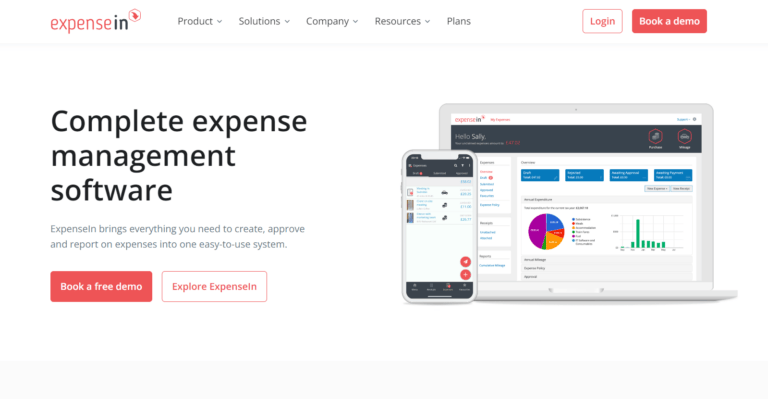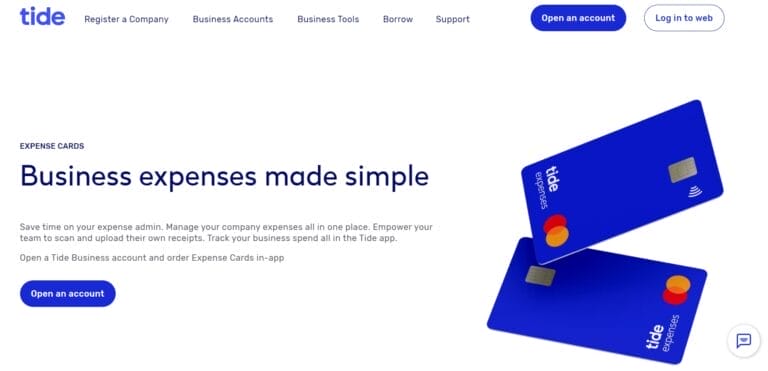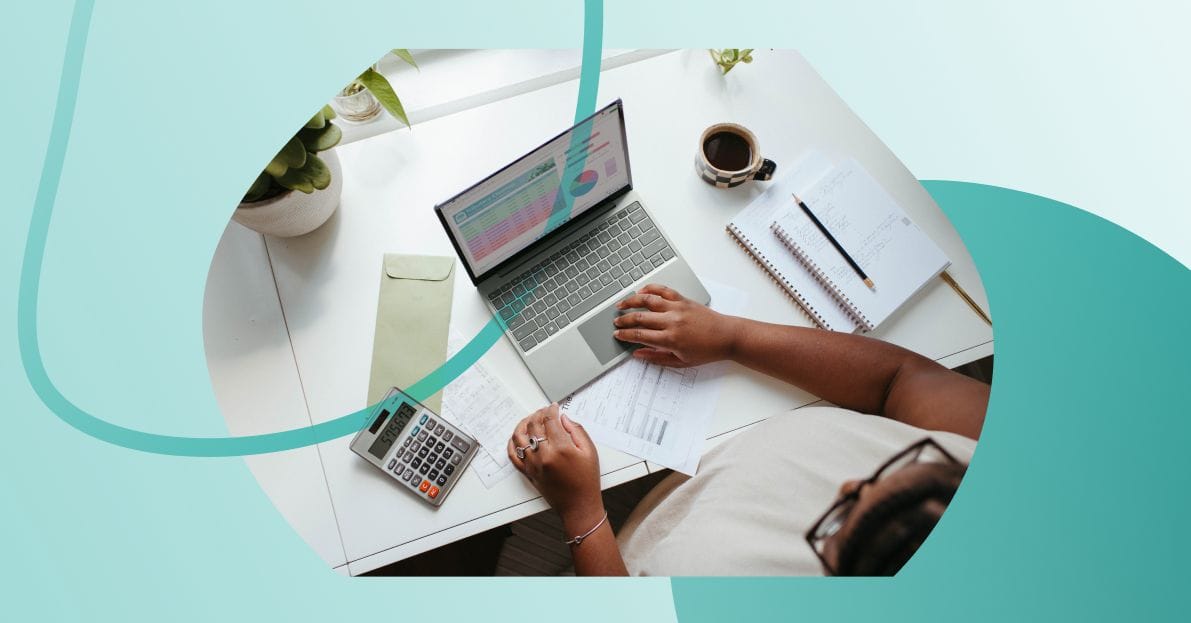
What’s the one thing all businesses have in common? They’re all chasing the elusive “work-life balance.” No, well probably, but the answer is: they have to keep track of the money that’s coming in and the money that’s going out.
And you’re no different. If you don’t keep track of your business expenses, you risk running into financial trouble. It’s like trying to drive a car without looking at the fuel gauge – eventually, you’ll run out of gas and get stranded.
The trick is you need to be able to identify and accurately categorise your business expenses.
Let’s take a look at the different types of business expenditures, which expense categories they fall into, and most importantly, how you can categorise your business expenses.
The different types of business expenses
It’s pretty black-and-white when it comes down to it, you have deductible and non-deductible expenses.
Deductible expenses can be subtracted from your taxable income, reducing your overall tax liability. Non-deductible expenses, on the other hand, can’t be deducted from your income.
Examples of deductible expenses
- Travel expenses: you can claim expenses for fuel, parking, train, or bus fares if the travel is for business purposes.
- Office expenses: these include costs like rent, utilities, office supplies, and equipment.
Examples of non-deductible expenses
- Personal expenses: costs that aren’t directly related to your business, such as personal travel or entertainment.
- Fines and penalties: costs incurred due to legal violations or non-compliance with HMRC.
What are business expense categories?
Business expense categories are basically different groups that help you organise your finances.
You need to bear in mind that they aren’t one-size-fits-all – different businesses have different categories based on what they do.
For example, if you run a restaurant, your categories might include rent (for your restaurant), wages (for your kitchen staff/bar staff) and inventory (for your food and drink orders).
If you run a software company, your categories will be totally different. These could include research and development, marketing, and security.
With that in mind, you’ll need to create expense categories that suit your business and the industry you’re in.
The 10 most common types of business expense categories
To help you get started, we’ve outlined some of the most common business expense categories. Pick and choose which ones you think will be a good fit for your specific company:
- Salaries and wages
- Employee benefits
- Training and development
- Rent
- Utilities
- Office supplies
- Insurance
- Advertising and marketing
- Travel
- Meals and entertainment
How to categorise your business expenses
Categorising your business expenses doesn’t have to be too complicated. Here’s our easy to follow four-step guide:
Step 1: Identify your business expense categories
It’s a bit of a no-brainer, but as we already covered above, you should start by thinking about the different areas where your money is spent.
You’ll want to categorise expenses that directly, and indirectly, relate to your business operations.
Next, break them down by what makes sense for your business—this might include categories like travel, rent, insurance, and more.
Step 2: Choose a tracking method
Next, you’ll need to decide how you’ll keep tabs on these expenses.
If you prefer a hands-on approach, you might track everything in a spreadsheet, where you can manually enter each transaction. But if that’s a bit too old school for you, you can automate the process to save time.
Accounting software like QuickBooks or sophisticated expense management platforms like Capture Expense can do much of the heavy lifting for you.
These tools automatically categorise many expenses, and you can tweak the categories as needed.
Step 3: Schedule regular reviews
It’s not enough to just track expenses—you need to keep on top of them.
Make it a habit to review your financial accounts regularly, whether it’s once a month or every quarter. During these reviews, check that all transactions are recorded correctly and reconcile your accounts to make sure everything adds up.
This way, you’ll catch any discrepancies before they become bigger problems.
Step 4: Assign expense categories to each transaction
As you go through your transactions, make sure each one is assigned to the correct category. This may feel tedious, but it’s key to generating accurate financial reports.
Over time, this categorisation will help you spot trends in your spending and see where you can make adjustments.
Automate your expense categories with AI-powered category matching
Capture Expense’s AI-powered matching feature is a game-changer for your finance teams. Whenever you upload receipts or process corporate card transactions in the app, it automatically assigns the correct expense category.
Book a demo today if you want to automate your business expense categories.

A Guide to Deductible and Non-Deductible Expenses
By knowing what you can and can’t deduct, and by keeping meticulous records, you can take full advantage of the tax benefits available to you. With that in mind, let’s break down deductible and non-deductible expenses, provide examples of each, and share our top tips on how to keep track of them.























